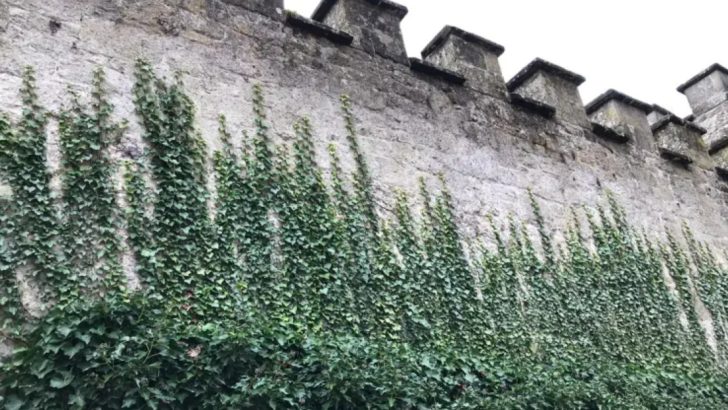Curb appeal is a scam. There, we said it. You spend hours planting glossy, picture-perfect ornamentals that make your front yard look like a magazine cover— but they just sit there. No food. No fragrance. No pollinators. No purpose. They’re the decorative pillows of the plant world: pretty, yes, but what do they actually do? Nothing. They just stand around looking smug while your soil starves and the bees fly past in disgust. It’s time to stop planting for strangers driving by at 30 miles per hour. Your garden can be more than eye candy. It can feed you. Help wildlife. Smell amazing. Heal the soil. We’ve rounded up the worst offenders in the beauty-with-no-brains category— and found 18 plants that look just as good but actually pull their weight. Ditch the divas. Grow something gorgeous and useful.
Boxwood
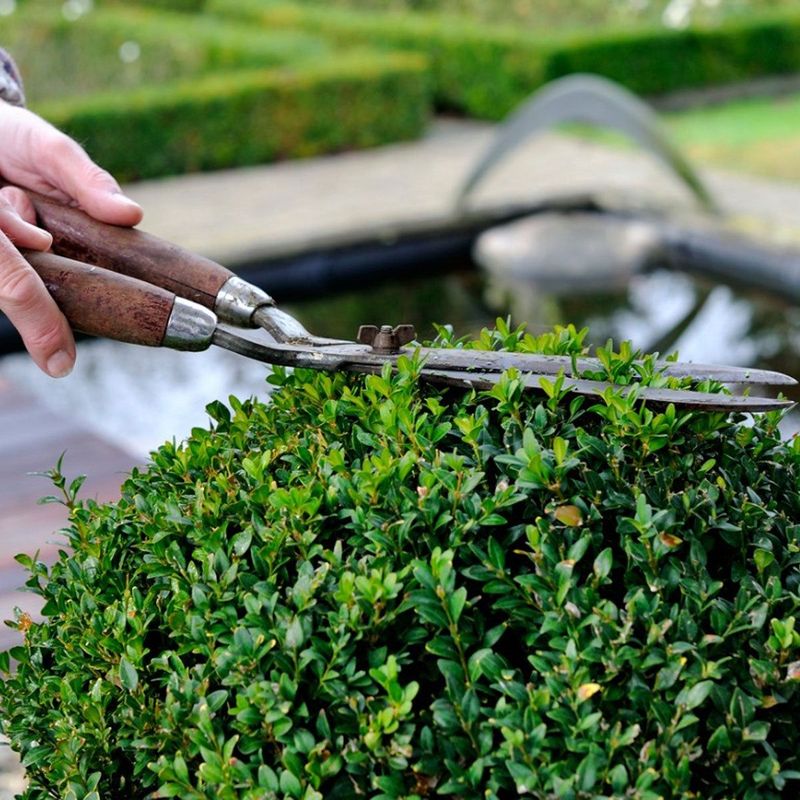
Boxwoods are a staple in many formal gardens. Their dense, evergreen foliage is perfect for shaping into hedges or topiaries. Despite their visual appeal, boxwoods offer little to biodiversity. They don’t provide nectar or pollen, keeping pollinators at bay. Furthermore, their dense nature doesn’t allow small animals to use them as shelter.
Interestingly, boxwoods are highly susceptible to pests and diseases, demanding regular maintenance. Their slow growth means patience is required if you’re starting from smaller specimens. So while they might frame your garden perfectly, it’s a one-sided relationship mainly benefiting their looks.
Bradford Pear
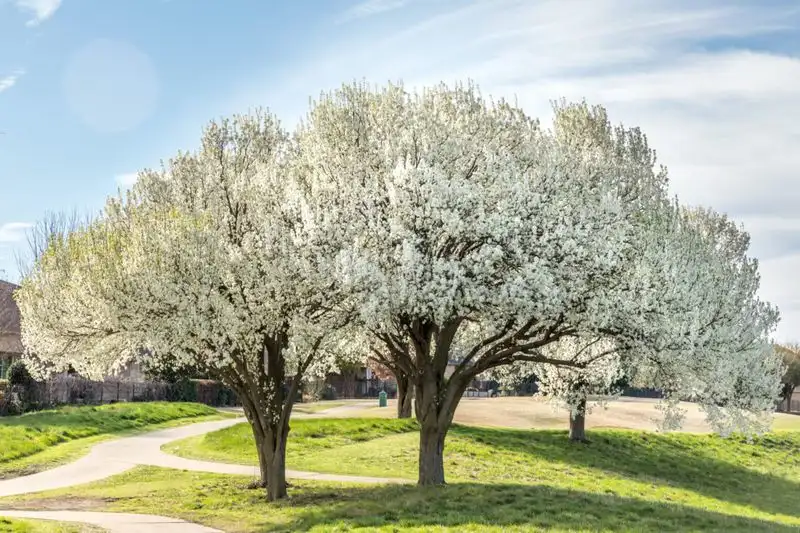
The Bradford Pear tree is celebrated for its springtime blossoms. With white flowers covering the branches, it’s a picturesque addition to any yard. However, its beauty is short-lived. The tree is known for its weak structure, making it vulnerable to storm damage.
Moreover, Bradford Pears are invasive in many regions. They spread quickly, often outcompeting native plants. Not only do they dominate landscapes, but they also offer nothing to local wildlife. They may look splendid in bloom, but their environmental impact is less than ideal.
English Ivy
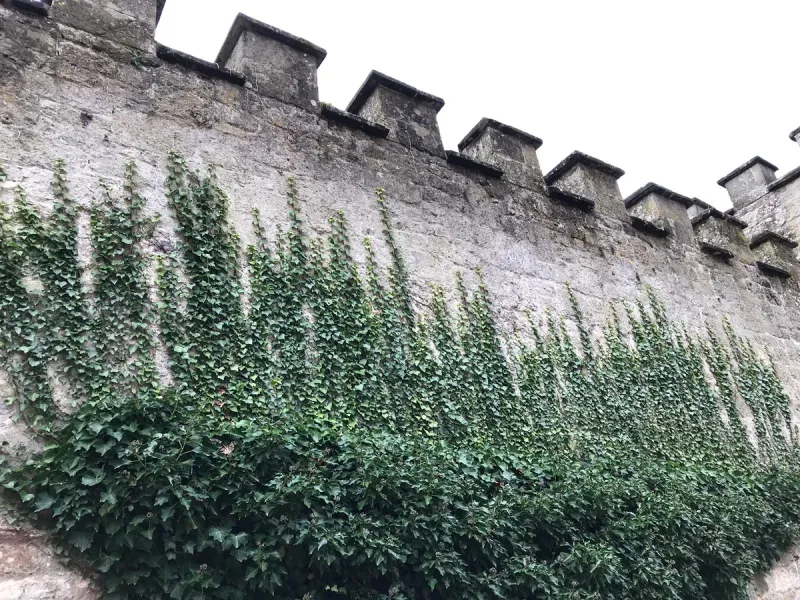
English Ivy exudes an old-world charm, often seen climbing historic buildings. Its glossy leaves and fast growth make it a go-to for quick coverage. Yet, this plant is a notorious invader. It can choke trees, reducing their growth and eventually leading to their demise.
Beyond its invasive nature, English Ivy doesn’t support local wildlife. It can harbor pests and diseases, affecting other plants nearby. Its allure might draw you in, but the repercussions are significant, making it a questionable choice for eco-conscious gardeners.
Japanese Barberry

Japanese Barberry is admired for its striking red foliage and compact form. It’s often selected for ornamental purposes due to its visual appeal. However, this plant is more than just pretty leaves. It’s invasive, spreading rapidly and creating dense thickets that crowd out native species.
Moreover, barberries are a host for ticks, raising concerns about Lyme disease. This plant may add a splash of color, but its negative attributes outweigh its benefits. While it might enchant the eye, its ecological footprint is problematic.
Norway Maple
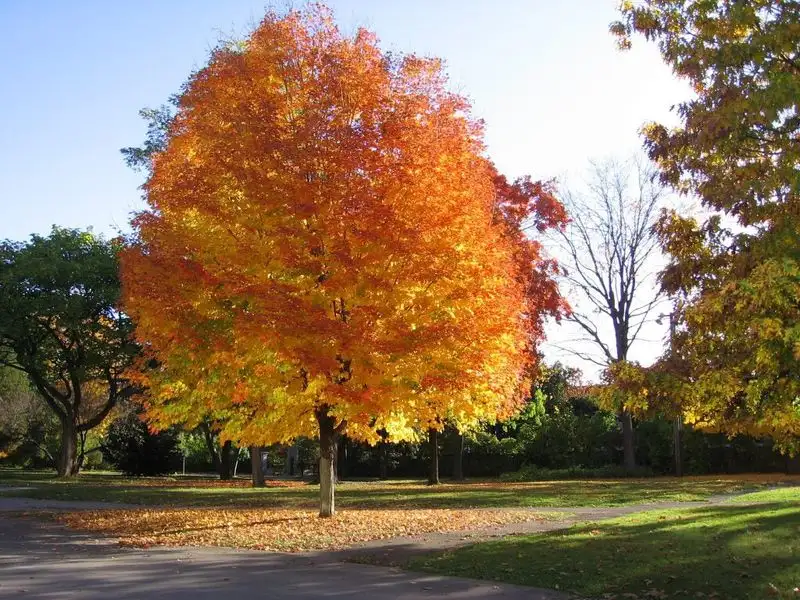
Norway Maples are appreciated for their expansive canopy and shade-giving properties. Their leaves turn a beautiful yellow in the fall, adding seasonal interest. But there’s a catch. These trees are highly invasive, posing a threat to native ecosystems by competing for resources.
Additionally, the dense shade they provide can inhibit the growth of other plants, reducing biodiversity. They may be mighty and majestic, but their ecological impact is considerable, making them a less-than-ideal choice for nature-friendly gardens.
Privet
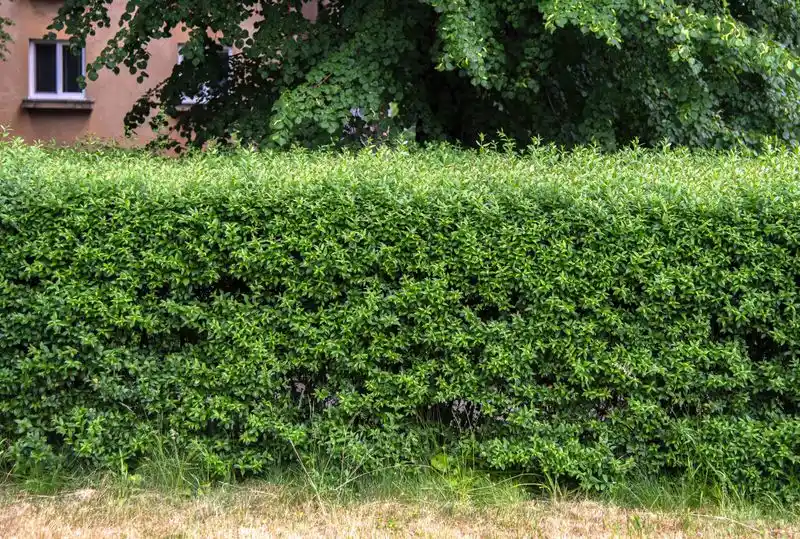
Privet hedges are a popular choice for creating privacy screens. Their dense foliage and rapid growth make them ideal for hedging. However, privet is a double-edged sword. It’s invasive, spreading aggressively and replacing native flora.
Privet berries are mildly toxic, posing a risk to pets and humans. Furthermore, the plant doesn’t effectively support local wildlife, offering limited food or shelter. While they might serve as living fences, their ecological downside is significant, casting a shadow on their ornamental purpose.
Burning Bush
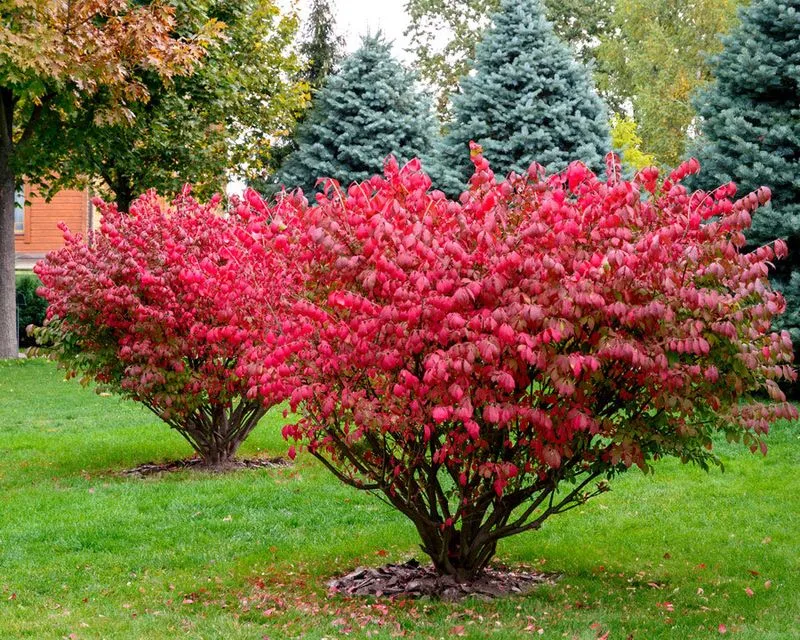
The Burning Bush dazzles with its fiery red leaves in autumn. It’s a showstopper that commands attention in any landscape. However, its beauty comes with baggage. This plant is invasive, spreading quickly and outcompeting native species for resources.
In addition, the Burning Bush offers little ecological value. It’s not a significant food source for wildlife and can create monocultures where diversity once thrived. Its visual allure is undeniable, but its environmental impact leaves much to be desired.
Wisteria
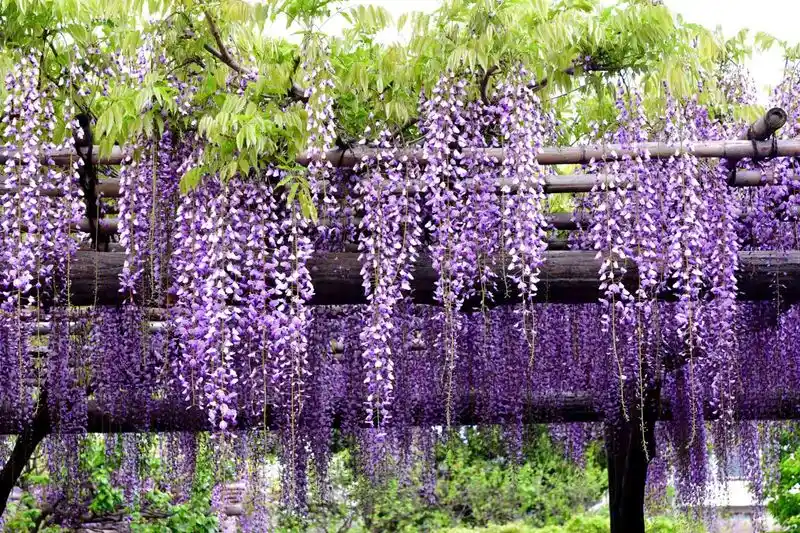
Wisteria’s cascading blooms are a romantic sight, often draping over arbors and pergolas. Its lavender flowers are visually captivating, but wisteria can be a garden villain. It’s notoriously invasive, spreading rapidly and smothering other plants.
Moreover, its aggressive nature makes it difficult to control. It requires regular pruning and can damage structures with its woody vines. Although it paints a serene picture, the maintenance and environmental costs overshadow its charm, making it a challenging choice for gardeners.
Black Walnut Tree
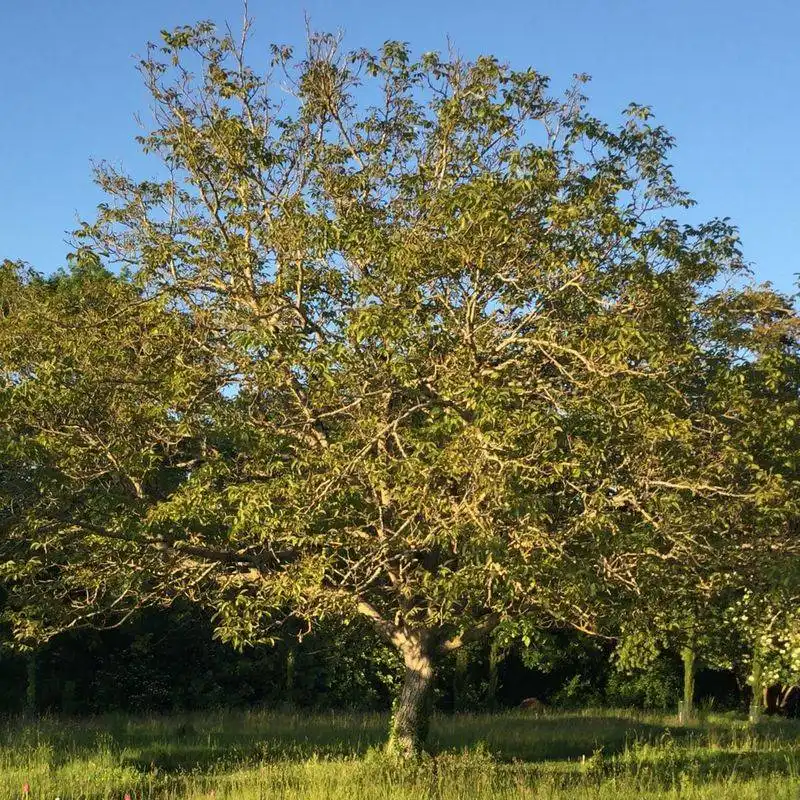
The Black Walnut tree, with its grand presence, is often valued for its shade and timber. Yet, this tree has a dark side. It produces a chemical called juglone, which is toxic to many plants, inhibiting their growth when in proximity.
Additionally, while it provides some wildlife benefits, the challenges it poses to surrounding flora make it a risky garden partner. Its majestic stature and shade might tempt you, but the implications of its chemical warfare are significant.
Liriope

Liriope, often used as a groundcover, boasts spiky leaves and purple flower spikes. It’s favored for its low maintenance and ability to thrive in difficult areas. However, it offers little ecological benefit, contributing minimally to biodiversity.
Its dense growth can prevent other plants from establishing, and it doesn’t provide significant resources for wildlife. While convenient for filling gaps, its utilitarian nature doesn’t compensate for its lack of environmental contribution.
Weeping Cherry Tree
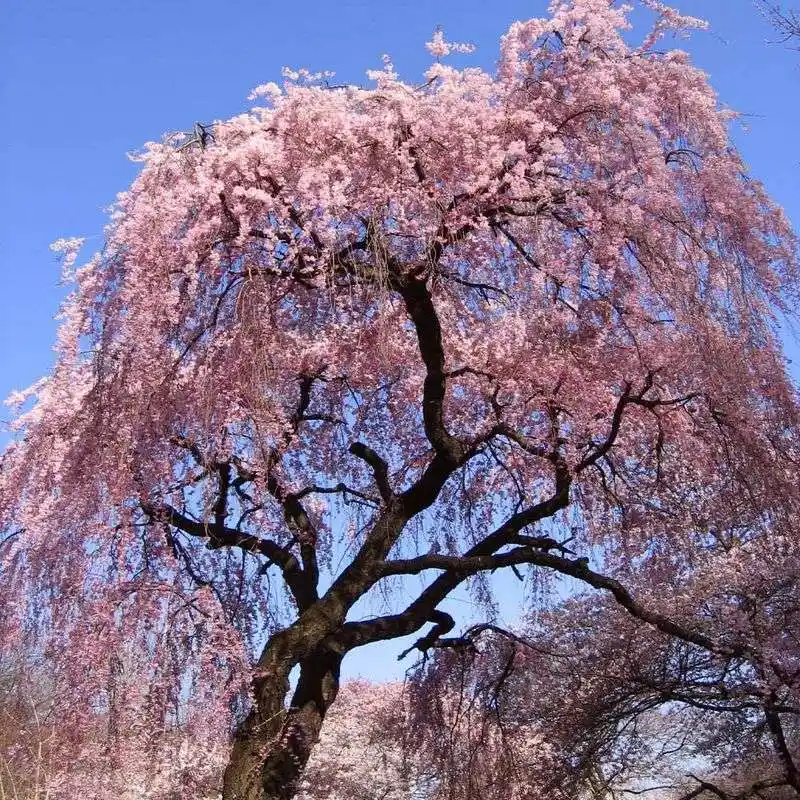
Weeping Cherry Trees enchant with their cascading pink blossoms in spring. They create a fairytale atmosphere in gardens. Nonetheless, these trees are more about aesthetics than ecological contribution.
They provide limited resources for wildlife and require careful maintenance to prevent diseases. Their allure is purely visual, lacking the environmental benefits that more eco-friendly choices could offer. While they transform gardens into picturesque scenes, their superficial contributions are clear.
Nandina
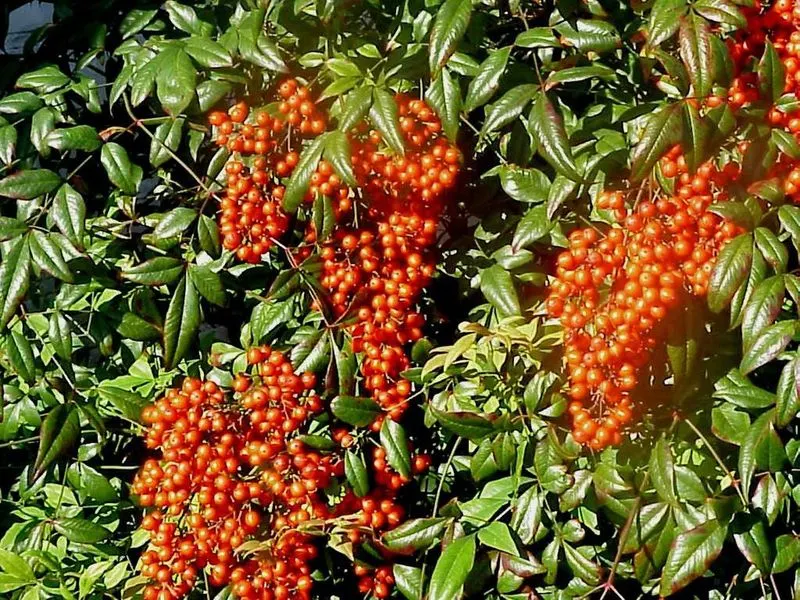
Nandina, or “heavenly bamboo,” is admired for its colorful foliage and red berries. It’s a common choice for adding winter interest. However, its berries are toxic to birds, raising concerns for wildlife.
Moreover, Nandina can become invasive, spreading beyond intended boundaries. While it might add visual appeal to your garden, its ecological drawbacks are notable. Despite its heavenly moniker, its earthly impact is somewhat flawed.
Bamboo
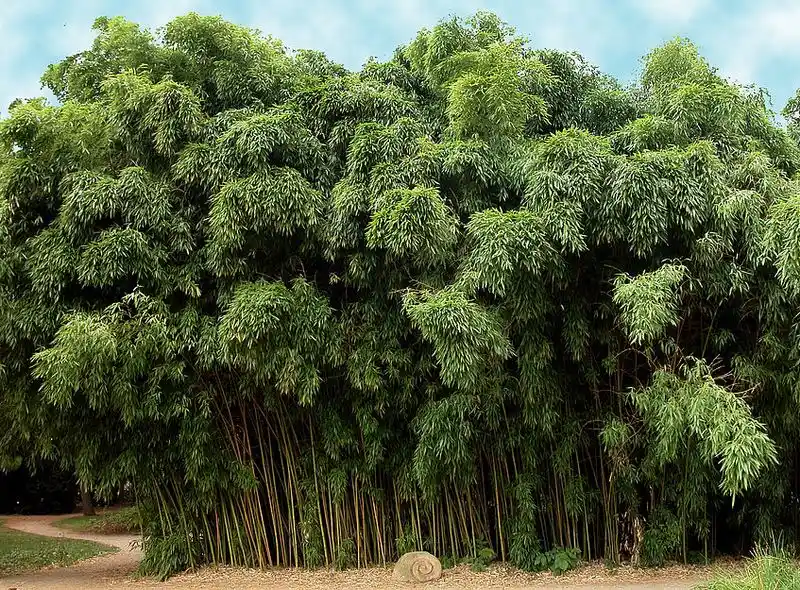
Bamboo creates an exotic feel with its towering, swaying stalks. It’s often used for privacy and windbreaks. However, bamboo is incredibly invasive, spreading rapidly and becoming difficult to contain.
Its roots can cause damage to structures and pathways, and it offers minimal benefits to local wildlife. While its fast growth and striking appearance might seem appealing, its aggressive nature and maintenance challenges make it a problematic plant choice.
Russian Olive
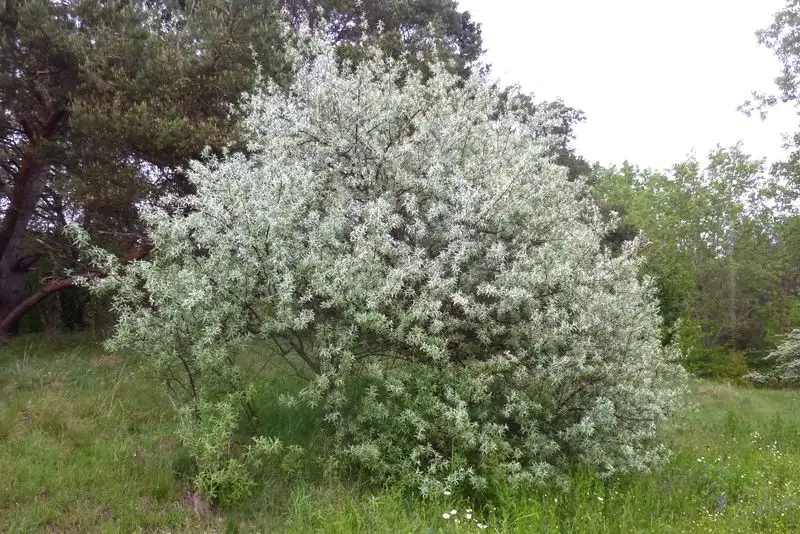
Russian Olive is valued for its silvery leaves and fragrant yellow flowers. It’s often used in windbreaks and for erosion control. Despite these uses, it’s a highly invasive species, outcompeting native vegetation.
Moreover, its dense growth can create impenetrable thickets, reducing habitat for native wildlife. While it might solve some landscape problems, its broader ecological impact is concerning, making it a controversial choice for gardeners.
Scotch Broom
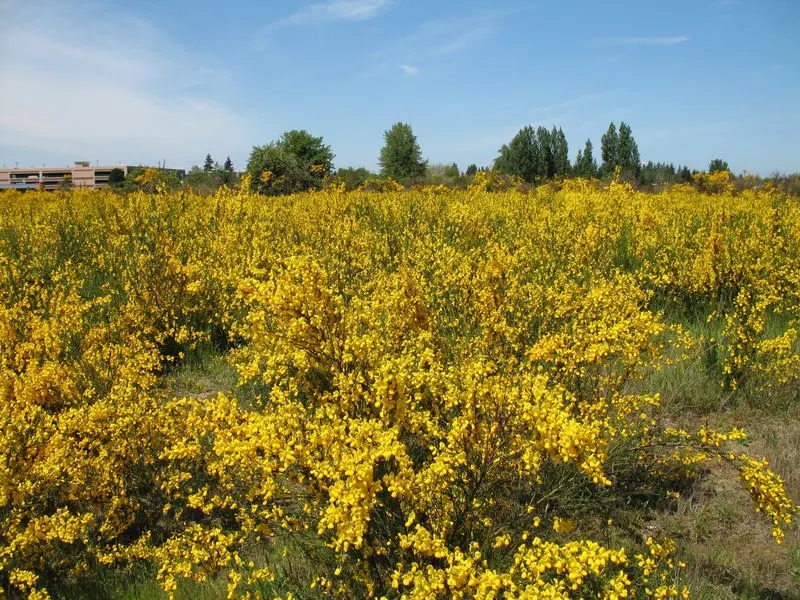
Scotch Broom is known for its vibrant yellow flowers that brighten landscapes. It’s used for erosion control and adding color to barren areas. However, it’s a notorious invader, spreading rapidly and suppressing native plants.
Its dense growth creates fire hazards and offers limited wildlife benefits. While its ability to thrive in poor soils is admirable, the negative environmental effects overshadow its ornamental advantages, calling its garden suitability into question.
Mimosa Tree

Mimosa trees captivate with their fern-like leaves and fluffy pink blooms. They’re often planted for their delicate beauty. Yet, they’re invasive, spreading aggressively and crowding out native flora.
They provide little ecological value and can be problematic to manage due to their fast growth and weak wood. Although they add a tropical touch, the hidden costs to biodiversity and maintenance challenges make them less appealing than they appear.
Callery Pear
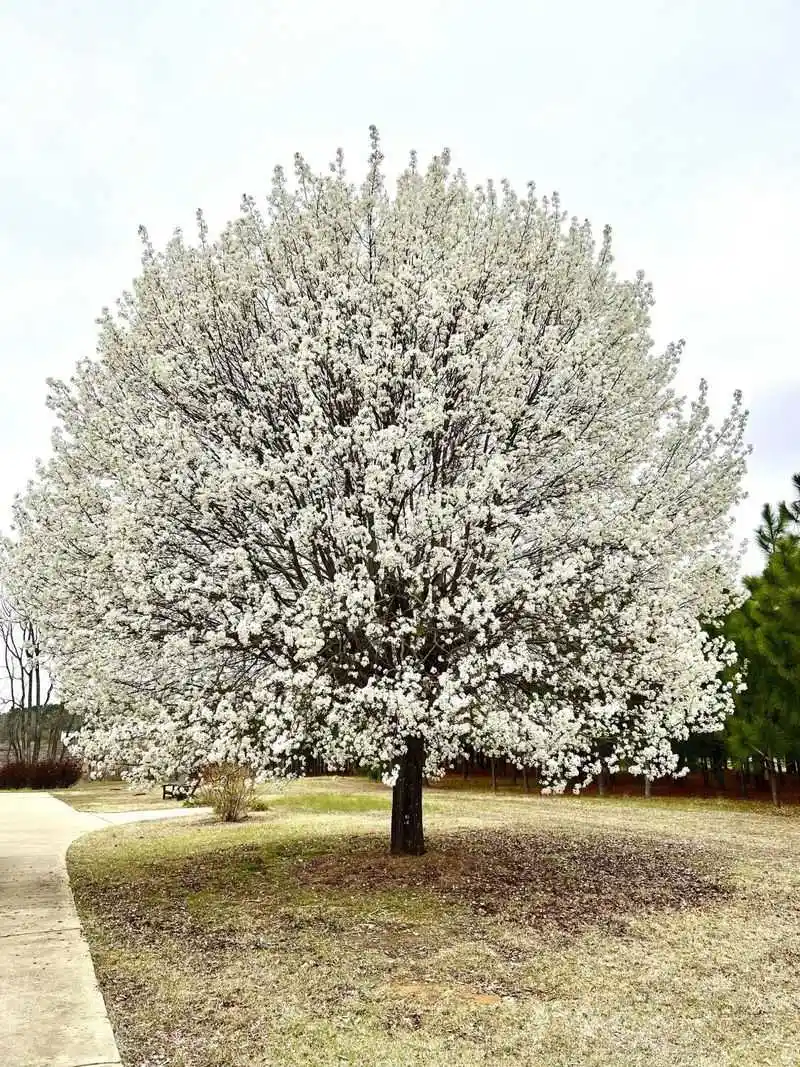
Callery Pear trees burst into bloom with white flowers, creating a striking springtime display. However, they share the same pitfalls as their cousin, the Bradford Pear. Their weak wood makes them prone to storm damage.
Additionally, they’re invasive, spreading quickly and affecting local ecosystems. While they create a stunning visual impact, their environmental consequences are notable, reflecting a choice that favors appearance over substance.
Japanese Knotweed
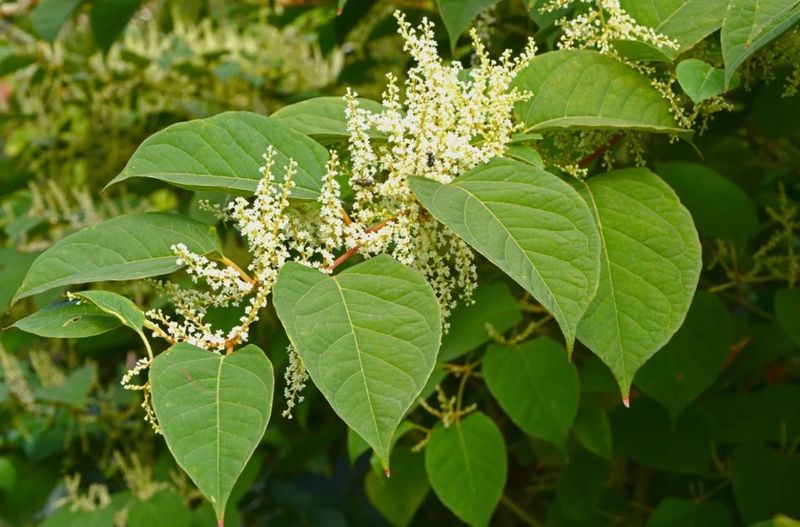
Japanese Knotweed may catch the eye with its lush green foliage and small white flowers in late summer. Yet, beneath this serene facade, it harbors an invasive nature. This plant’s robust growth can overwhelm native species, offering little in terms of biodiversity.
A rapidly spreading root system can damage foundations and infrastructure, leading to potential costly repairs. Despite its initial appeal, the ecological imbalance it creates makes it a poor choice for conscientious gardeners.
Consider alternative native species that harmonize with local ecosystems, providing both beauty and habitat for wildlife, rather than opting for the Knotweed.

